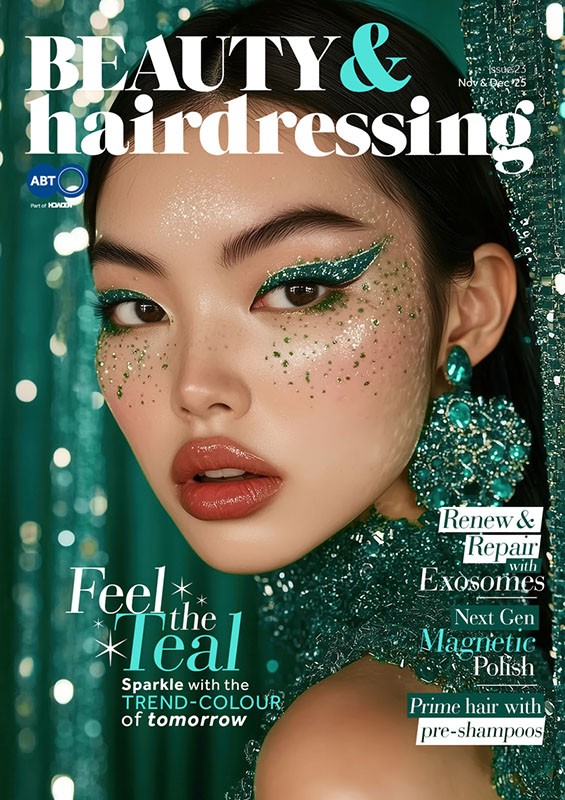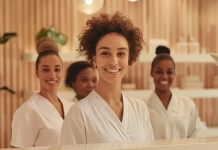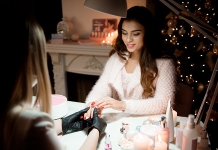Why you shouldn't rely on YouTube for your nail & beauty education
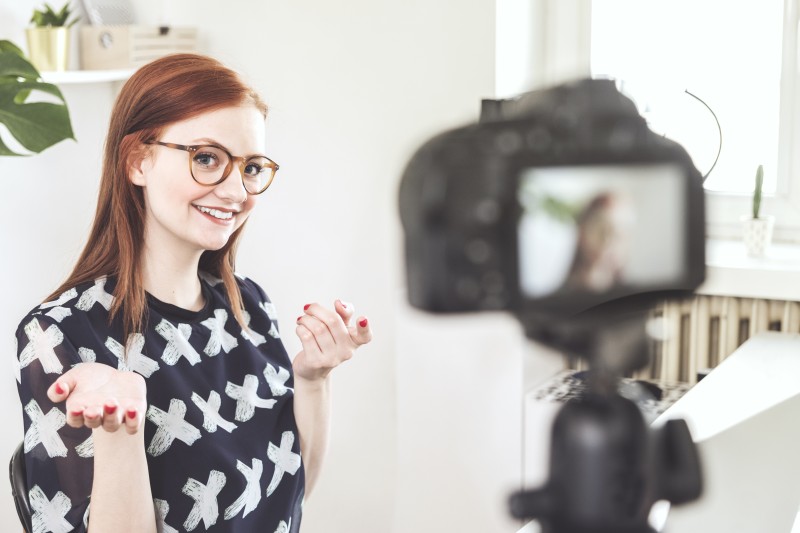
In our tech dependent lives, when we don't know the answer to a question, we Google it; when we want to learn how to do something, we YouTube it, right? This may offer us a fast solution, but when it comes to learning about beauty and nail treatments, are we being drawn into a world of ‘fake news'?
There's no doubt that for many of us our lives, both in and out of work, would be unimaginable without the consumption, and creation, of online content. According to Brandwatch, as of April 2018 over 1 billion hours of YouTube videos are watched per day, whilst YouTube searches for ‘how to' videos are growing 70% year on year.
Use YouTube for marketing
From a consumer's perspective, the ability to research treatments ahead of their visit to your salon can be reassuring; that is, if they are watching reliable content. This is where you, as a nail tech or therapist, can offer your expertise. For clients who are unfamiliar with salon environments, treatment protocols, or just understanding what results can be achieved, the ability to watch a reliable source will not only increase their confidence in the treatment, but also in you as a professional.
Creating a YouTube channel for your salon or mobile business is not only a way of ensuring reliable information is available for your clients, but is also a fantastic marketing tool. You'll need to commit to posting regular content in order for your YouTube channel to become really successful. If you're in need of some inspiration, take a look at nail tech Natasha Lee's YouTube channel; she posts at least once a week and has attracted over 230,000 subscribers, leading her to win this year's Scratch Stars Award for Best UK Nail Blogger.
-3861.jpeg)
Edit your film using YouTube's Creator Studio, or free or low-cost software like WeVideo or ClipChamp, and add licence-free music. Don't forget to add subtitles for those who can't hear the commentary or have the sound muted.
Upload the video to your YouTube channel, and add appropriate keyword tags so that your content can be found during searches, and remember to mark your video as Public under the Visibility option. Once you're online, share the link to your YouTube channel everywhere – via your other social media channels (because you should be discoverable on all channels), in salon e-newsletters and, of course, on your website.
So, if we want to learn about a treatment, YouTube's a great place, right? Well, not necessarily.
As we've discussed, from a client's perspective it offers a great way of discovering new treatments. However, how do beauty professionals or students know what's being demonstrated is the correct procedure? If you copied a YouTube ‘how to' on a client without any other training, how confident would you be in carrying out that treatment? Not only could it lead to your client being unhappy with the final result, it could actually be dangerous to their health and, as you won't be covered under your insurance policy, you'll be leaving yourself open to thousands of pounds worth of legal action against you.
YouTube is a really useful tool for getting a flavour for a treatment, and whether it's something you would like to introduce into your skill set. However, it should only ever be used as an introduction, which leads onto you undergoing accredited training. The problem is that so many YouTube videos come from questionable sources, and you often have no idea whether the person ‘educating' you is qualified or even experienced enough to do so.
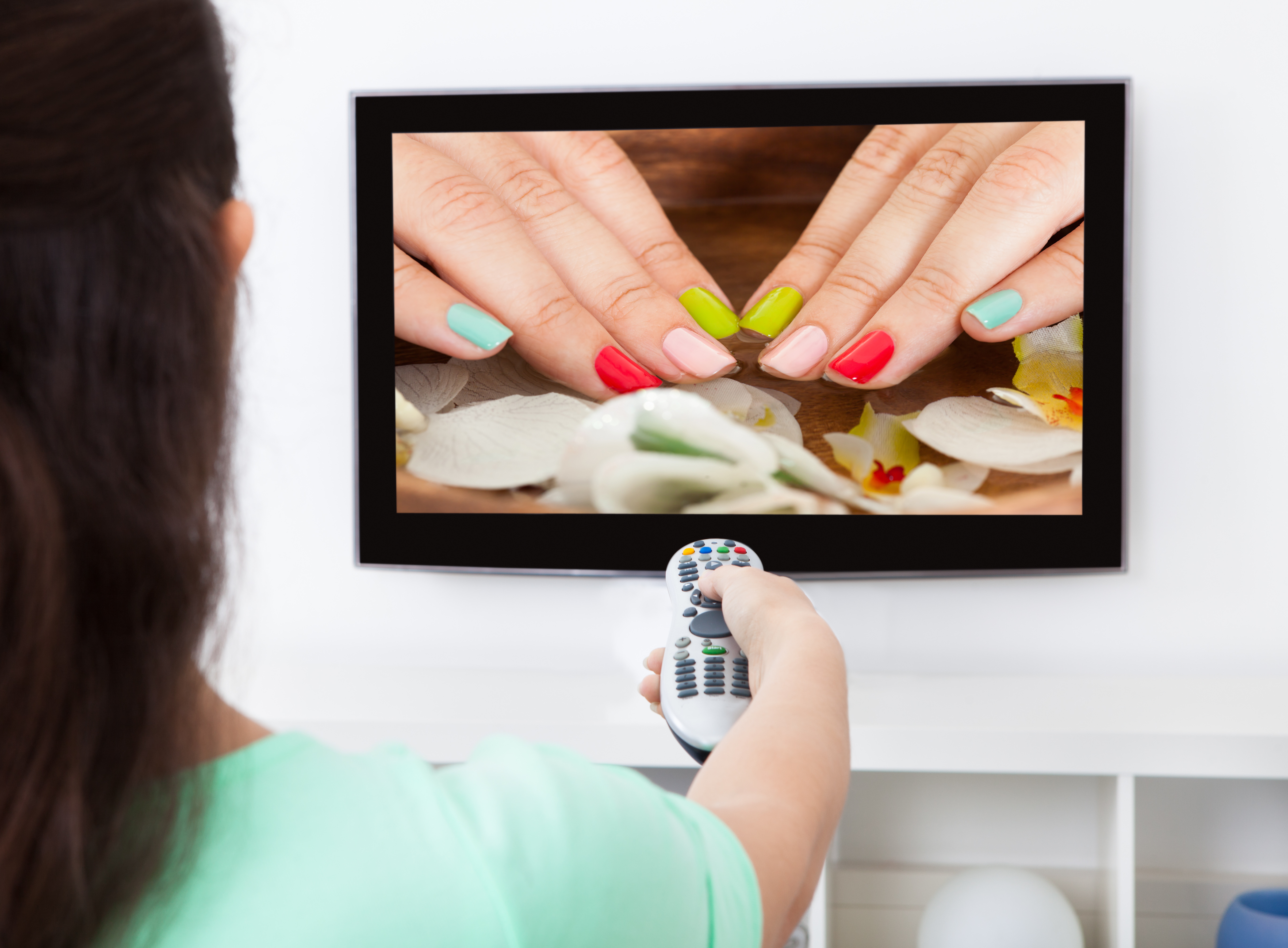
You may find that once you enrol onto an accredited training course, your tutor directs you to their school or company's official YouTube page to watch content that supports your classroom teaching. This is where YouTube is a fantastic tool to complement what you've been taught. You can watch the videos repeatedly at a time that suits you, make notes, read other students' comments, and add your own thoughts to the virtual discussion.
My advice is to use YouTube to your advantage and have fun with it; create content, generate a buzz around your own treatments, and use the channel to research products you'd like to introduce. Complement your accredited training with all of the benefits of official YouTube channels as directed by your tutor, and you won't go wrong.
Dave Horton is Director of Associated Beauty Therapists (ABT), the industry's leading membership and insurance provider representing over 18,000 beauty, nail and hair professionals. For more information telephone 01789 773573 or visit www.abtinsurance.co.uk
